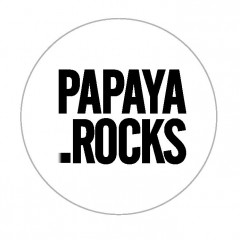Not Just Studio Ghibli. See the Free Doc About the Aesthetics of Japanese Animation23.03.2021
Critics and filmmakers from the Cinema Cartography channel compiled this exhaustive look at the diverse and varied genre.
Japanese animation has die-hard fans across the world, many of whom are very fond of the incredibly popular and successful cult titles produced by Studio Ghibli. Their most famous films, like My Neighbor Totoro (1988), Princess Mononoke (1997), and the Academy Award-winning Spirited Away (2001) are all highly original, bold stories, driven by a unique rhythm and style of expression. The explosion of Japanese anime in the 1980s, however, brought much more than just the films of the great Hayao Miyazaki, but also a rich variety of extraordinary, even disturbing works. The documentary The Aesthetic of Anime, available online free of charge, examines the trajectory of one specific genre that evolved steeped in the culture of the Land of Cherry Blossoms. The journey begins with humanoid robots, artificial intelligence, and special-purpose military hardware. The biggest franchise in the mecha anime genre, Gundam, was created in 1979 by Yoshiyuki Tomino.
Eventually, the mecha anime genre began developing in new and original directions, particularly toward narratives centering the complex psychologies of the protagonists, such as Neon Genesis Evangelion—the story of Shinji Ikari, a boy abandoned in childhood by his own father. Now a teenager suffering from anxiety and depression, he’s summoned by his absent parent to pilot a giant robot to save the city from invading aliens.
Anime often draws on cyberpunk themes—like in Serial Experiments Lain, a 1990s television series telling the story of Lain Iwakura, an introverted girl who comes into contact with a network resembling the Internet of today. As the story unfolds, the network disassembles Lain’s personality, isolating her from the real world, and throwing a handful of philosophical challenges at the audience in the process.
Drawing on the popularity of crime stories, anime also went on to explore and offer its own interpretations of detective fiction (Death Note), thriller (Monster, Psycho-Pass), or even dark, absurd comedy (Kuuchu Buranko). Some titles ventured into even more experimental territory, like Ergo Proxy, for example, where a sense of disaster is accompanied by a bold visual language. Blues and grays blend and weave together, reminding some viewers and critics of Nine Inch Nails music videos.
Although it has grown considerably more popular and recognizable since the 1980s, anime has not lost its distinct visual language—on the contrary. Its richness, its many peculiar tropes, and wide range of references to philosophy or even gnosis, have found themselves the subject of an in-depth study by Luiza Liz Bond and Lewis Michael Bond from Cinema Cartography, a YouTube channel offering film fans comprehensive and insightful analyses.
see also
- Bruno Althamer | This was to be a clash of the titans
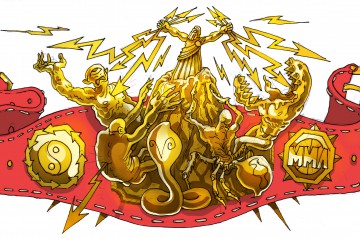
Opinions
Bruno Althamer | This was to be a clash of the titans
- More Than Just a New Name. What Changes Can Contestants Expect from This Year’s Papaya Young Creators?
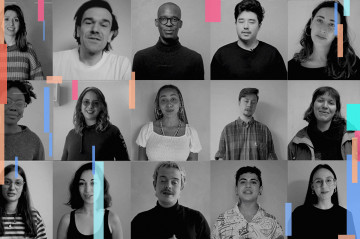 Papaya Young Directors
Papaya Young DirectorsNews
More Than Just a New Name. What Changes Can Contestants Expect from This Year’s Papaya Young Creators?
- Brooke Trantor | Wearing all the hats
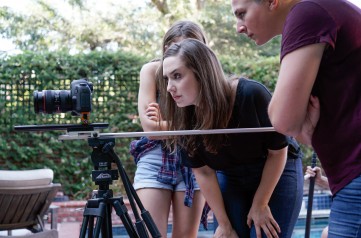 Papaya Rocks Film Festival
Papaya Rocks Film FestivalPeople
Brooke Trantor | Wearing all the hats
- Remembering "Embers"
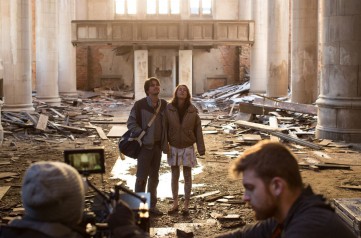
People
Remembering "Embers"
discover playlists
-
David Michôd
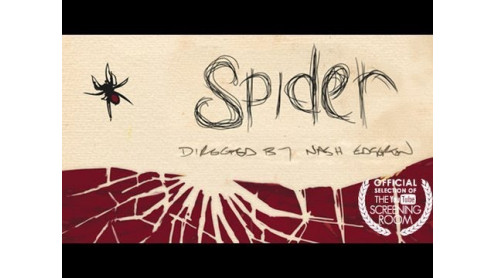 03
03David Michôd
-
CLIPS
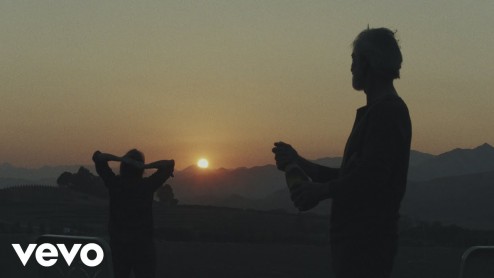 02
02CLIPS
-
Inspiracje
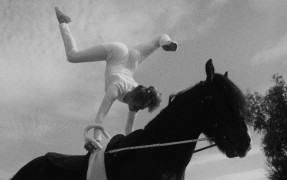 01
01Inspiracje
-
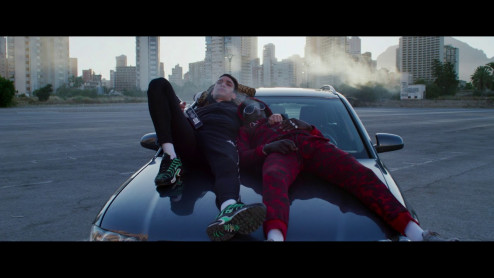 03
03
